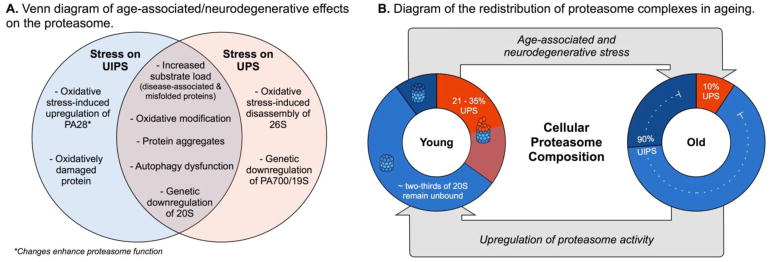Figure 2. Proteasomal Regulation in Ageing and Neurodegenerative Disease Models.
(A) Partial list of stresses that effect UPS (orange) and UIPS (blues) function. (B) Summary of the cellular composition of proteasome complexes (20S, 26S, and UIPS-specific) in young vs. aged fibroblasts. See the text for citations. Briefly, proteasome complexes from young or old fibroblasts were placed into categories based on whether they were free 20S or whether they contain PA700 (26S/UPS) or PA28 (UIPS)51,55. Note that this simplification does not account for the contribution of the UPS to ubiquitin-independent turnover. (C) Schematic representation of the general decline in proteasome activity during ageing. In theory, small molecules might be used to partially restore this activity to boost function. 51,55

